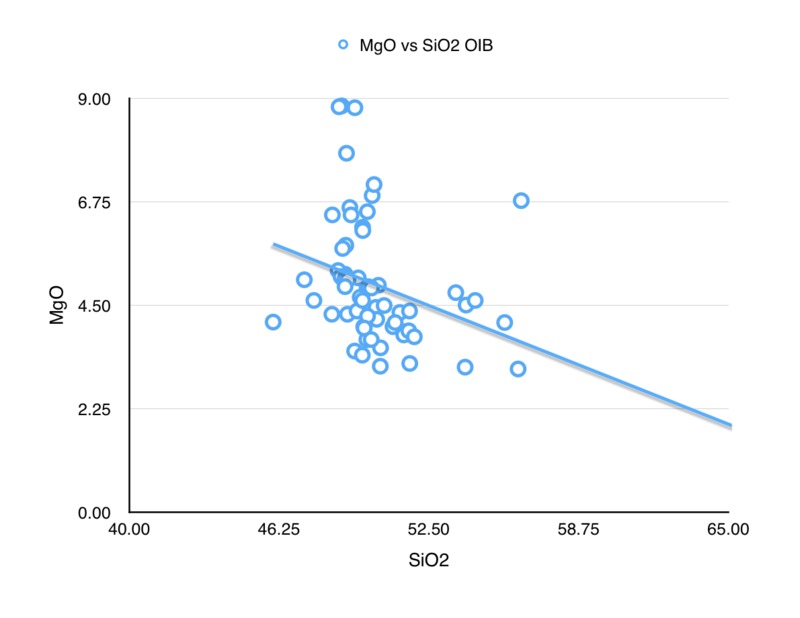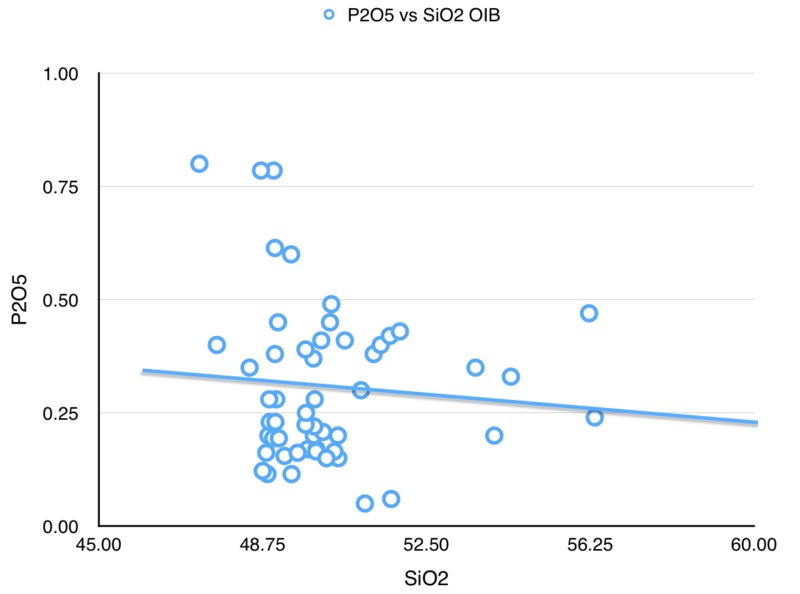OIB Amsterdam and St. Paul Islands
Item
-
Title
-
OIB Amsterdam and St. Paul Islands
-
Description
-
OIB—Amsterdam & St. Paul Islands
Tectonic Magmatic Setting
-Hotspot plume magmatism interacting with ridge in Indian Ocean (Fig 1)
-Deep mantle plume rising through mantle beneath ridge and being influenced by both.
-Kerguelen Hotspot is on Antarctic plate (Fig 2)
-Kerguelen plateau located symmetrically across Indian Ocean Ridge was contiguous before mid-ocean ridge rifting. Hotspot track due north of broken ridge indicates North to South Plate Motion.
-The Antarctic plate moved southward to its present location and is estimated at moving 1 centimeter per year
Landforms
Island Arc landform
-Kerguelen Islands—group of islands in southern indian ocean—exposed part of Kerguelen plateau.
-Amsterdam and St. Paul islands separated by 100km and a transform fault (Fig 3)
-Visible parts of plateau due to effusive volcanism - -lava flow rather than explosive eruption — layers of basalt flow emerged above sea level showing staircase landform due to erosion (Fig 4)
-Tens of meters of basaltic flows stacked atop one another (form staircase shape of columnar basalt)
Magma Generating Processes
-Kerguelen Plateau formed from initial volcanism of the Kerguelen Mantle Plume
-Amsterdam,/St. Paul Islands composition inherited from oceanic crust/sediments recycled in mantle
-Composition reflects interaction between Amsterdam St. Paul plume, Indian Ocean MORB mantle , and continental crust debris.
-During breakup of Gondwana there were continental rocks stripped off deposited.
-Plume, upper mantle, and lower crust collectively mix in different proportions creating geochemical variability in the lava.
-40-45% ASP plume, 25-55% Indian Divergent Margin, 0-6% continental crust remains
-Rising mantle plume with extreme heat melts rock of continent as plates move overhead.
-Form shield volcanoes that occasionally rise above sea level and form a continuous strand of volcanos (Fig 2)
GeoChemistry
Island tholeiites such as Amsterdam and St. Paul Islands have higher LIL element abundances than ridge axis. The more primitive (less LIL, depleted magma) implies deep mantle source.
-Basalts found on St. Paul are mildly alkalic and highly fractionated - -enriched in incompatibles
-Different from tholeiitic basalts found on Amsterdam island due to different amounts of ridge influence.
-Shield Volcanos like Amsterdam island location on a transform fault range from olivine tholeiites to plagioclase basalts depending on amount of influence. But stay in tholeiitic range.
-Lava samples showing low alumina levels (similar to tholeiites of Hawaii)—indicating alkaline volcanism whereas lavas with high alumina levels show early stage oceanic ridge basalts.
-Rare earth element concentration indicative of magma from deep mantle plumes that are representative of true mantle compositions similar to chondrites.
-Graphs representing incompatibles show upward trend due to their fertile nature from deep in the mantle near the core-mantle boundary.
-
Creator
-
John Onorati
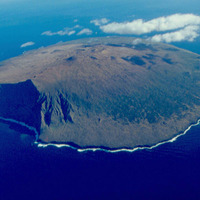 https://exhibits.lafayette.edu/geology/files/original/3252536763343bc3b7032d0165d3fd0a.jpg
https://exhibits.lafayette.edu/geology/files/original/3252536763343bc3b7032d0165d3fd0a.jpg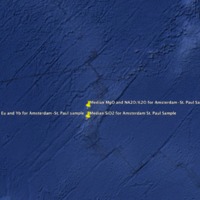 https://exhibits.lafayette.edu/geology/files/original/ea0327548301db554e9281d6238ac3bf.png
https://exhibits.lafayette.edu/geology/files/original/ea0327548301db554e9281d6238ac3bf.png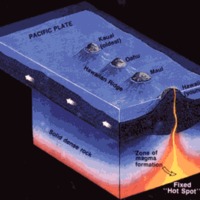 https://exhibits.lafayette.edu/geology/files/original/e2246222a9dd776010783e098cea2e96.gif
https://exhibits.lafayette.edu/geology/files/original/e2246222a9dd776010783e098cea2e96.gif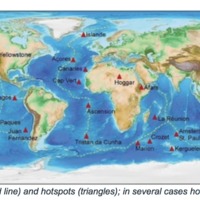 https://exhibits.lafayette.edu/geology/files/original/3fdf038f51a209741afd2d70aff79b36.png
https://exhibits.lafayette.edu/geology/files/original/3fdf038f51a209741afd2d70aff79b36.png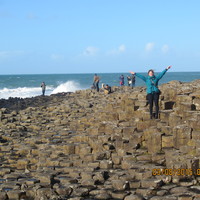 https://exhibits.lafayette.edu/geology/files/original/6f8af670ac96c2f3e6f3b984bc388376.jpg
https://exhibits.lafayette.edu/geology/files/original/6f8af670ac96c2f3e6f3b984bc388376.jpg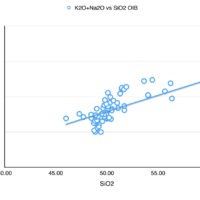 https://exhibits.lafayette.edu/geology/files/original/9ee4d5df70325209a1214baa9b03419f.png
https://exhibits.lafayette.edu/geology/files/original/9ee4d5df70325209a1214baa9b03419f.png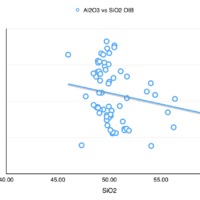 https://exhibits.lafayette.edu/geology/files/original/2b9294167d355df42f9a2106abf7d3d2.png
https://exhibits.lafayette.edu/geology/files/original/2b9294167d355df42f9a2106abf7d3d2.png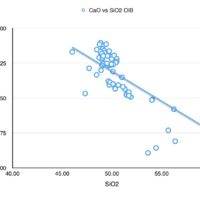 https://exhibits.lafayette.edu/geology/files/original/addf8dc170b02ca6435b8d1cb75665d6.png
https://exhibits.lafayette.edu/geology/files/original/addf8dc170b02ca6435b8d1cb75665d6.png https://exhibits.lafayette.edu/geology/files/original/a4f8c99f3e76bce914109718b349962f.png
https://exhibits.lafayette.edu/geology/files/original/a4f8c99f3e76bce914109718b349962f.png https://exhibits.lafayette.edu/geology/files/original/e9b979394c3132ce1cef0812b7b8a17b.png
https://exhibits.lafayette.edu/geology/files/original/e9b979394c3132ce1cef0812b7b8a17b.png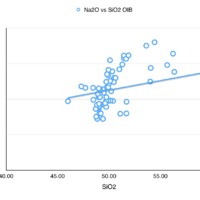 https://exhibits.lafayette.edu/geology/files/original/3a8fae709ebfd1dfcddd6c9be2e2f1e1.png
https://exhibits.lafayette.edu/geology/files/original/3a8fae709ebfd1dfcddd6c9be2e2f1e1.png https://exhibits.lafayette.edu/geology/files/original/9aee8b72f1f8a7580f1882d2b2254694.png
https://exhibits.lafayette.edu/geology/files/original/9aee8b72f1f8a7580f1882d2b2254694.png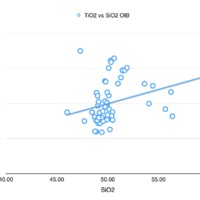 https://exhibits.lafayette.edu/geology/files/original/f720c6ceab4e96ffa1a1cc8c8f8803de.png
https://exhibits.lafayette.edu/geology/files/original/f720c6ceab4e96ffa1a1cc8c8f8803de.png https://exhibits.lafayette.edu/geology/files/original/c4d12239c64d8c579dd7919e61c31339.png
https://exhibits.lafayette.edu/geology/files/original/c4d12239c64d8c579dd7919e61c31339.png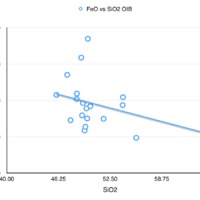 https://exhibits.lafayette.edu/geology/files/original/f09c195ecf7af70f4da44bb8bc6b46c8.png
https://exhibits.lafayette.edu/geology/files/original/f09c195ecf7af70f4da44bb8bc6b46c8.png








